#Fossil
Text



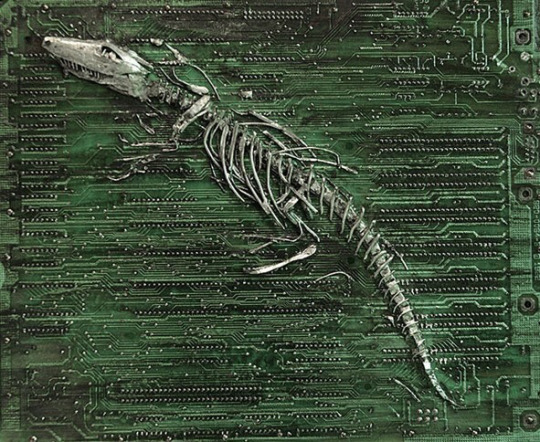


Peter McFarlane: 'Circuit Board Fossil' Series (2012)
712 notes
·
View notes
Text
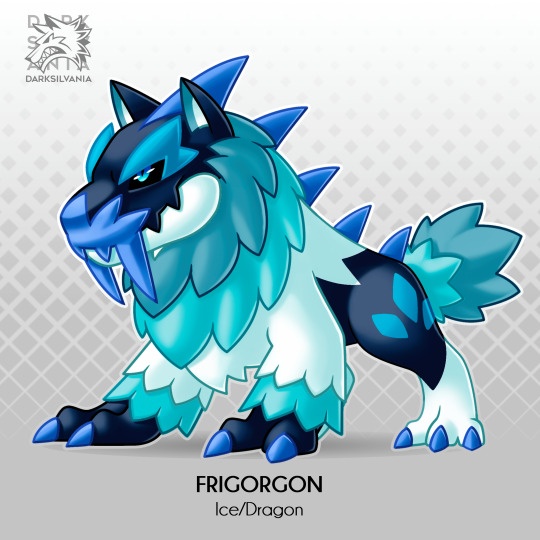
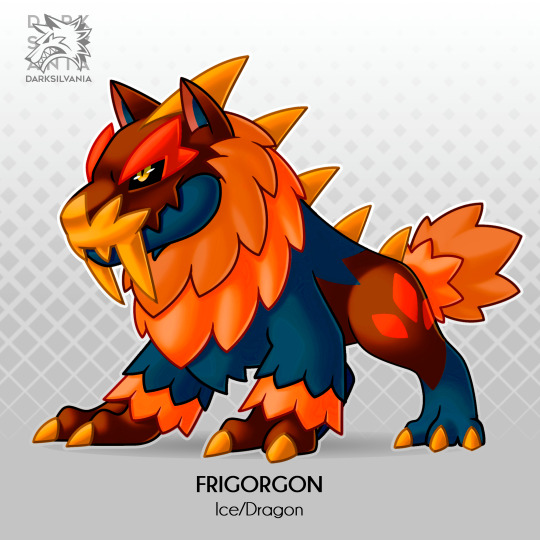

FRIGORGON (Ice/Dragon)
The first of the six fossil hybrids, obtained from mixing the Mammalian and Reptilian samples you get from PALEOLITO
It is based on the Gorgonopsids, a family of large predator therapsids from the permian
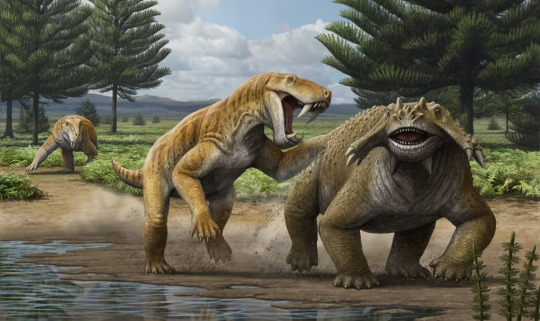
#pokemon#fakemon#fakepokemon#pokemonfossil#fakemonfossil#fossil#prehistoricanimal#therapsid#gorgonopsid#gorgonopsia#icepokemon#icetype#icefakemon#dragonpokemon#dragontype#dragonfakemon#fakemonart#fakemonartist
220 notes
·
View notes
Text


It's time for Fossil Friday! Meet Cryptocleidus oxoniensis, a short-necked plesiosaur. Plesiosaurs were large marine reptiles that lived from the late Triassic to the end of the Cretaceous. The plesiosaurs had extensive modifications to the shoulder and pelvic girdles: these elements form large, flat sheets of bone, presumably for the attachment of swimming muscles. Cryptocleidus' trunk was very rigid and short, and the short tail could only function as a rudder, leaving the limbs as its main organ of propulsion.
Photos: © AMNH
Image 1: Cryptocleidus on display in the Museum.
Image 2: Photographic negative of the fossilized remains of Cryptocleidus, circa 1910.
#science#amnh#museum#fossil#nature#natural history#animals#paleontology#plesiosaur#cretaceous#triassic#cool animals#ancient animals#fossil friday
212 notes
·
View notes
Text
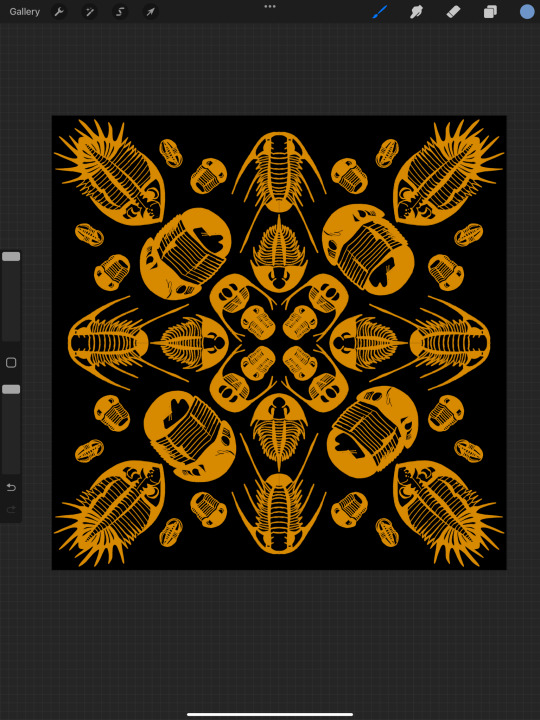

pondering another bandana 🤔🤔🤔
48 notes
·
View notes
Photo

53 notes
·
View notes
Text

Fossil of dragonfly larva or I don’t know.
25K notes
·
View notes
Text
Actually all fossil reconstructions are wrong because flesh only evolved recently. Before that it was bone world
55K notes
·
View notes
Text

i found the perfect display for my 100,000+ year old shrimp fossil
#fishblr#shrimpblr#shrimp#shrimpy#shrimposting#fossil#fossilized shrimp#fossilized#1k#5k#10k#15k#20k#help#25k#30k#35k#40k#wtf man
49K notes
·
View notes
Photo
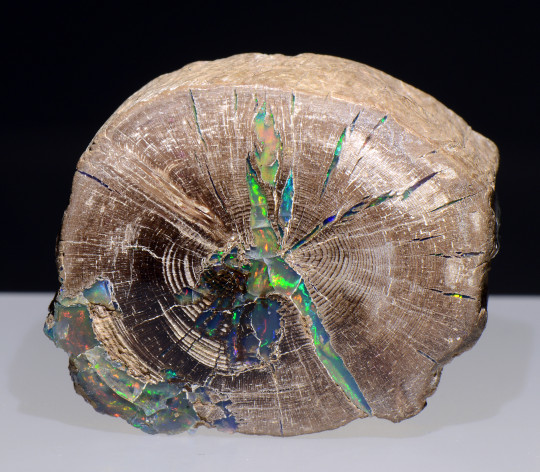
Opal in petrified wood, Natural History Museum of Los Angeles, Gem and Mineral Hall Collection. By Stan Celestian on Flickr. (Hi-Res)
#opal#opals#opalised#opalized#petrified#wood#opalised wood#opalized wood#petrified wood#fossil#fossils#fossilised#fossilized#fossilised wood#fossilized wood#tree#trees#tree trunk#tree trunks#mineral#minerals#museum#museums#natural history museum#nhmla#los angeles#natural history museum of los angeles#geology#stan celestian
10K notes
·
View notes
Text

The two best reasons to get into fossils are booping trilobites and getting to say the word "fossiliferous" a lot.
Fossil [Explained]
Transcript Under the Cut
[Cueball is holding two pieces of rock in a paleontological site. Megan, Ponytail and White Hat are in the background.]
Cueball: It's weird to pry open a rock and see an animal that no one has laid eyes on for 400 million years.
[Zoom in on Cueball looking at the fossil he is holding.]
[Cueball pokes the fossil.]
Cueball: Boop!
Off-panel voice: Hey! Don't boop the trilobites!
12K notes
·
View notes
Photo
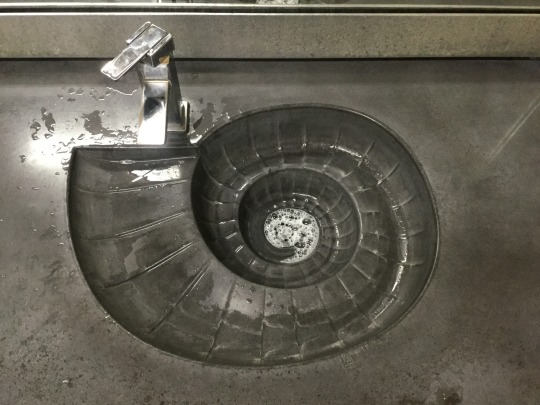
Fossil sink
3K notes
·
View notes
Text

Petoskey Stones
fossilized coral that lived 350 million years ago - the rocks rounded in the surf along the shore of Lake Michigan near Petosky, Michigan.
10K notes
·
View notes
Text
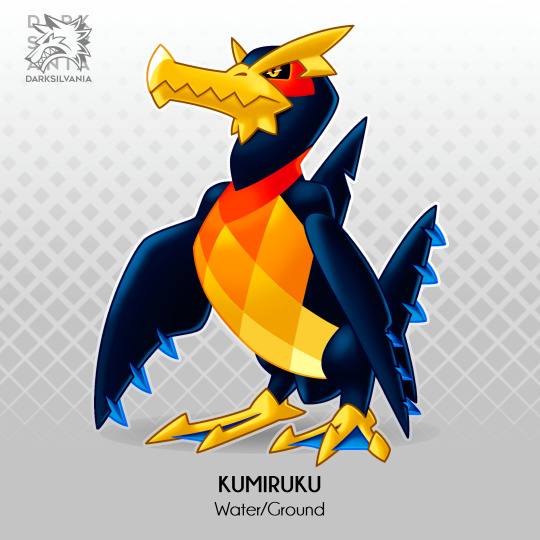
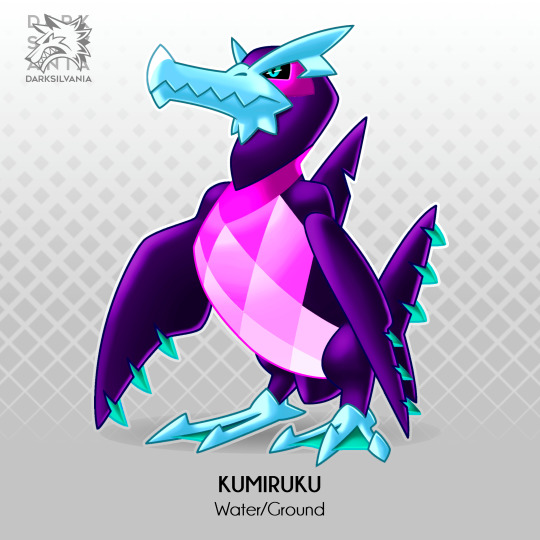
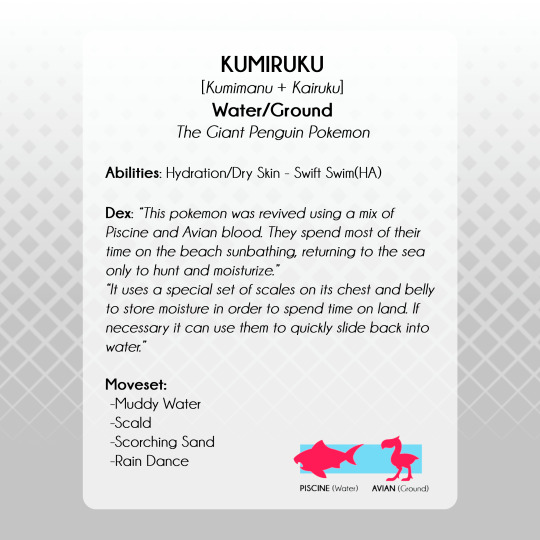
KUMIRUKU (Water/Ground)
The fourth of the six fossil hybrids, obtained from mixing the Piscen and Avian samples you get from PALEOLITO
It is based in prehistoric giant penguins, its name is a combination of Kumimanu and Kairuku, two genus containing some of the largest penguins to ever live
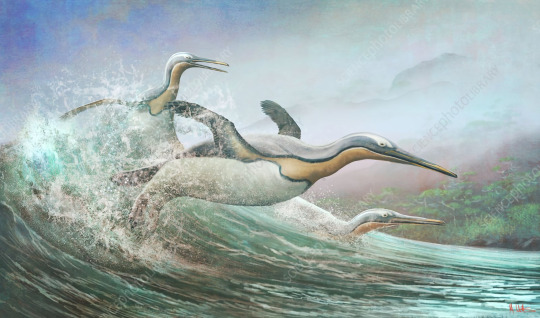
#pokemon#fakemon#fakepokemon#penguin#prehistoricpenguin#fossil#fossilpokemon#fossilfakemon#waterpokemon#waterfakemon#watertype#grounpokemon#groundfakemon#groundtype#kumimanu#kairuku#kumimanubiceae#kairukuwaewaeroa#fakemonart#fakemonartist
178 notes
·
View notes
Text
A gaggle of Ammonoids. Can you name them all?

#prehistoric#paleozoic#paleoart#ammonite#ammonoids#dinosaur#fossil#fossils#digital#digitalart#pattern#patterns#cute animals#paleo art#digital art#fabric pattern designs
27K notes
·
View notes
Text

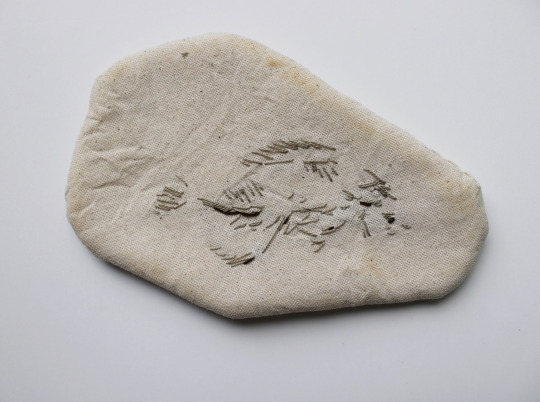
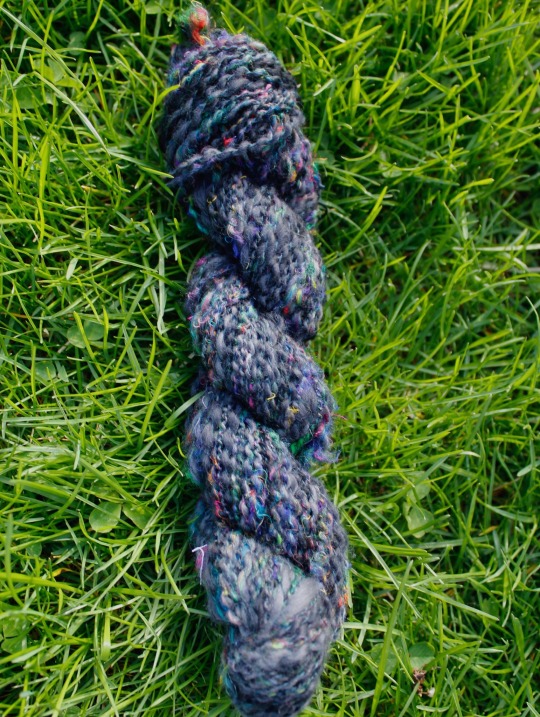



sale going on in my shop right now for a few days! most everything is on sale (except for my new bandanas!) which still have some available! check it out if you have a chance :)
#my art#art#queer artist#painting#fiber art#quilt#insect#bugs#yarn#bandana#merch#handmade#fish fossil#fossil#paleoart
19 notes
·
View notes
Text
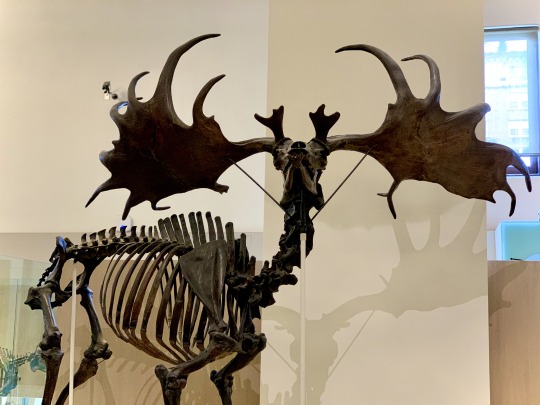
We’re celebrating Saint Patrick’s Day in a big way, with one of the largest known deer: the Irish Elk (Megaloceros giganteus)! It was originally discovered in bog deposits in Ireland. This megafauna could weigh up to 1,500 pounds (680 kg) and its antlers could reach an incredible 13-ft- (4-m-) spread. Once ranging from western Europe to China, this animal died out some 10,000 years ago. However, at least one population, living in Russia’s Ural Mountains, managed to survive until about 7,770 years ago, long after the end of the Pleistocene.
See the Irish Elk up close in the Museum’s Hall of Advanced Mammals! We’re open daily from 10 am-5:30 pm. Plan your visit.
Photo: © AMNH
#science#amnh#museum#fossil#natural history#nature#paleontology#megafauna#did you know#fact of the day#fun fact#saint patricks day#st patricks day#luck of the irish#deer#mammals
2K notes
·
View notes